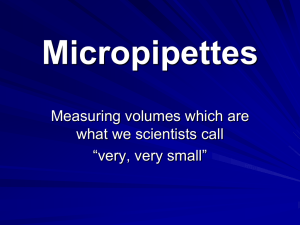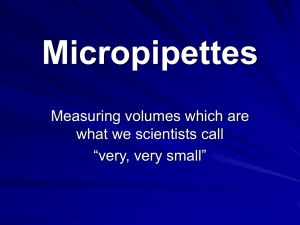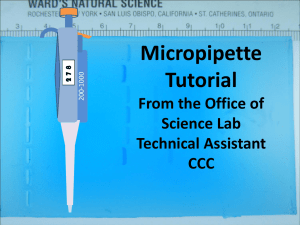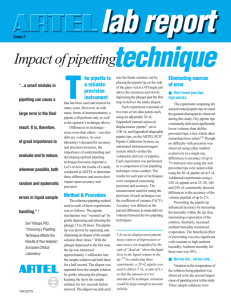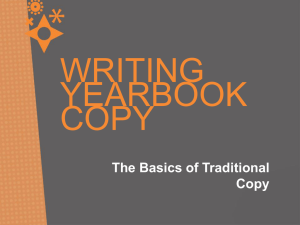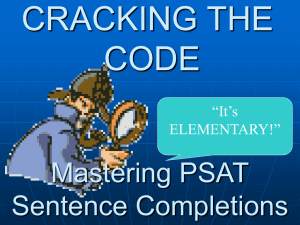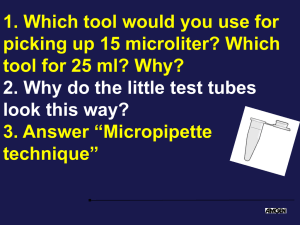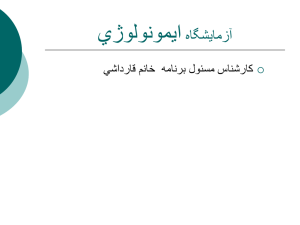Air-displacement pipettes forward pipetting mode
advertisement
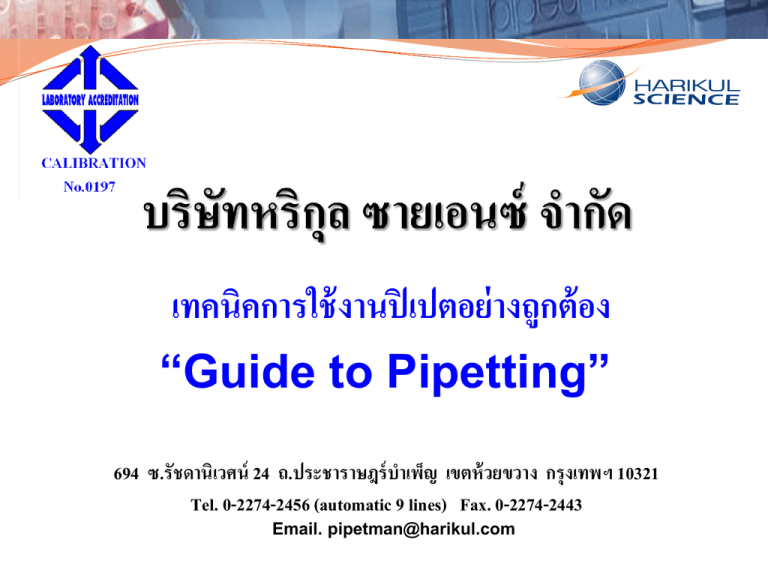
เทคนิคการใช้ งานปิ เปตอย่างถูกต้ อง “Guide to Pipetting” 694 ซ.รัชดานิเวศน์ 24 ถ.ประชาราษฎร์ บาเพ็ญ เขตห้ วยขวาง กรุงเทพฯ 10321 Tel. 0-2274-2456 (automatic 9 lines) Fax. 0-2274-2443 Email. pipetman@harikul.com Air – displacement Positive – displacement Two families for Gilson pipettes Air-displacement Positive-displacement Operating principles • Air - displacement • Positive - displacement Select the best pipetting system/sample Air-displacement Positive-displacement Air-displacement Forward Mode Reverse Mode Air-displacement pipettes forward pipetting mode Rest position First stop Second stop or purge Air-displacement pipettes reverse pipetting mode Rest position First stop Second stop or purge Positive-displacement Capillary Pistons (CP) Positive-displacement 1/ Preparation Rest position First stop Ejection 2/ Aspiration 3/ Distribution 4/ Ejection Pipetting cycle 1.Fit a tip 2.Set the volume 3.Pre-rinse 4.Aspirate 5.Dispense 6.Eject 7.Hold the pipette Fit a tip Single channels multichannels Set the volume Set the volume - using the thumbwheel or the push-button For Pipetman Classic use the horizontal position and place your eye in front of the volumeter Electronic display avoids parallax error Pre-rinse Aspirate with the tip and dispense back • Why? – Wettability of the tip Greater uniformity Greater accuracy and precision • When? – After changing the tip – After increasing the volume Aspirate Dispense Eject Hold the pipette Improve your working day Posture J Chair or stool so that elbow on the bench Hands below shoulder height Reduce the height of applications such as gel loading Arms close to the body Get organized J Necessary objects within easy arm's reach Pipettes within easy reach, on a stand Most frequently used objects in front of you Waste receptacles no higher than the end of your pipette Posture L Bad Seated posture: Shoulders elevated Upper arm elevated Elbow extended Wrist in deviation Standing posture: Upper back and neck stopped Lower back and trunk stopped Elbow flexed Wrist posture: Upper arm flexed Elbow extended Wrist deviated downward Good J Seated posture: Lower back supported by chair Upper back and neck upright Upper arm vertical Elbow bent at 90° Wrist in the same plane as the forearm Standing posture: Lower back and trunk upright Upper back and neck upright Upper arm vertical Elbow bent at 90° Forearm parallel to the floor Wrist in the same plane as the forearm Wrist posture: Forearm parallel to the floor Wrist and forearm in the same plane Leak test From 0.2 µL up to 200 µL Step 1 Step 2 From 1000 µL to 10 mL Step 1 Cleaning External Remove the tip ejector Wipe with soap solution Wipe with distilled water Connecting nut Piston assembly Internal Disassemble the lower part Seal & O-ring Clean then rinse the tip holder, piston assembly and seals Leave to air dry and reassemble Tip ejector Disassemble & Reassemble Autoclaving lower part is autoclavable connecting nut; tip ejector; shaft/tip holder Moist heat/121°C/20 minutes/1 bar Maintenance frequency Frequency * Control Action Who Daily Preventive maintenance Leak test (See the "Two-minute inspection") End-users Weekly Preventive maintenance End-users Every 3 months Preventive maintenance Accuracy check Cleaning & Diagnosis: - Visual inspection - Check functions Replacement spare parts of first level (seals/ Orings, tip holder…) /Adjustment / Calibration (3x4; 3x10 measurements) Replacement spare parts of second level (Piston, volumeter, operating rod) /Adjustment / Calibration (3x4; 3x10 measurements) Annually Complete maintenance End-users Service Center & End-users Gilson Authorized Service Center Specifications Performances Precise but not accurate Systematic error Accurate and precise Accurate but not precise Random error Errors Systematic error Z factor not adequate Needs adjustment Random error Tips Technique Piston Parameters OPERATING MODE CONSISTENCY Stabilization Regularity QUALIFICATION IMMERSION DEPTH SPEED EVAPORATION PRE RINSING AIR CONDITIONNING AIR TEMPERATURE WATER TEMPERATURE Weighing vessel Vibrations LID RECORDER TECHNIQUE BALANCE EQUIPMENT ENVIRONMENT WATER SPECIFICATIONS READIBILITY DIRECT SUN HUMIDITY SIZE CONTROLS MARBLE TABLE STABILITY DRAUGHTS Shape Repeatability Drift MAINTENANCE DENSITY Air buoyancy TIPS PERIODICAL CHECKS Perfectly formed AIR PRESSURE TRACEABILITY Smooth and regular WETTABILITY LINEARITY STANDARD MASS AIR-TIGHT FIT Clean Fine point finish CLASS Sources of error Influencing parameter Effect Solution Temperature (pipette, room, liquid) up to 0.3% Same temperature Uneven rythm and timing up to 1.5% Even technique Failure to prewet tip up to 2.0% Pre-wetting of pipette tip Immersion depth and handling angle up to 1.0% Vertical position, user information Wipe pipette tip on the wall up to 3.0% Wiping distance ~ 8 to 10mm Tips Leaky/poorly seated 0.5% to 50% Use recommended pipette tips Equipment Balance resolution and linearity balance linearity check balance with standard mass and choose your balance according to the Environment Technique Pipette Tips Non Gilson Tips L Gilson Diamond Tips Sealing ring for airtight fit Identification: mold and cavity Rough surface Translucent, no dyes Excess plastic Level marks Fully autoclavable, even the filter Fine point and flexibility Rough surface Imperfect point aperture JPerfect point calibration method Harikul Calibration Laboratory Gravimetry method • Test Volume: minimum and Maximum • Test Volume: minimum Medium and Maximum Equipment : Balances requirement Volume (ul) HARIKUL ISO 8655 0.1 ul.≤V 1 ul. 0.0001 mg 1 ul ≤V≤10 ul 0.0001 mg 0.001 mg. 10 ul V≤20 ul 0.0001 mg 0.01 mg. 20 ul V≤ 100 ul 0.001 mg 0.01 mg. 100 ul V≤ 1000 ul 0.01 mg. 0.1 mg. 1 ml V≤ 10 ml 0.01 mg. 0.1 mg. 10 ml V≤ 200 ml 0.01 mg. 1 mg. - Environmental factors to be respected 23 20 22.5 ±7.5°C Above 50% 101kPa 20.0 + 2°C 40% to 60% 101kPa ISO 8655 Harikul Calibration Laboratory Do not forget: Conversion factor Evaporation loss Questions / Comments Costumer Service
